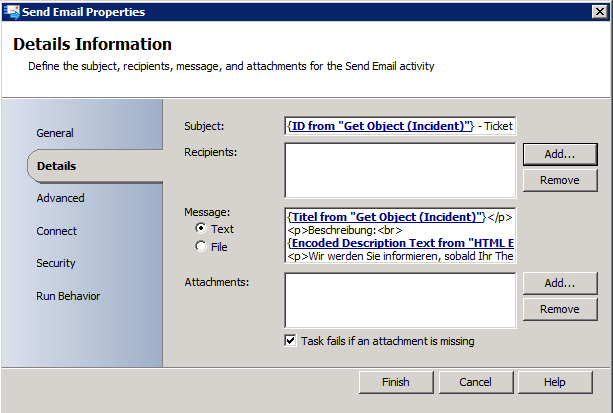

This includes the encoding for the entire "top half" of the ISO-Latin set 80-FF hex (128255 decimal.) Decimalįollowing is the table to be used to encode reserved characters. encodeURI (): This encodeURI () function is used to encode a URI. For example, if a user writes Jack & Jill, the text may get encoded as Jack & Jill. This will encode & symbols that may inadvertently be generated during data entry for special HTML entities or other characters that require encoding/decoding. atob (): It decodes a Base64 encoded string created by btoa (). Use encodeURIComponent () on user-entered fields from forms POST 'd to the server. btoa (): This function uses the A-Za-z0-9+/ characters to encode the string in Base64. This includes the encoding for character ranges 00-1F hex (0-31 decimal) and 7F (127 decimal) Decimal In JavaScript, these are the functions respectively for encoding and decoding Base64 strings and URL. This URL actually retrieves a document named "new pricing.htm" from the ASCII Control Characters Encoding So you can use %20 in place of a space when passing your request to the server. A space position in the character set is 20 hexadecimals. You can't type a space in a URL directly. One of the most common special characters is a white space. The encoding notation replaces the desired character with three characters: a percent sign and two hexadecimal digits that correspond to the position of the character in the ASCII character set. You can see the before and after values below. In this example, I am passing in a string for a MDX member for Barnes & Noble. As you can see in the screenshot below, the function will convert any special charters and encode the URL.

A complete encoding table is given below. We can now use our new report function in an expression anywhere in our report. JavaScript provides a built-in encode and decode URI methods.
#Url encode for return how to#
These characters should also always be encoded. In this post, we will learn how to encode and decode URL in JavaScript. These character present the possibility of being misunderstood within URLs for various reasons. Step 1: Login to the required Power Apps environmen. Unsafe characters − These are space, quotation marks, less than symbol, greater than symbol, pound character, percent character, Left Curly Brace, Right Curly Brace, Pipe, Backslash, Caret, Tilde, Left Square Bracket, Right Square Bracket, Grave Accent. Introduction: In Power Automate, to return a uniform resource identifier (URI) encoded version for a string by replacing URL-unsafe characters with escape characters we can use either encodeUriComponent or uriComponent functions in expressions. A complete encoding table is given below. All of these can have different meanings inside a URL so need to be encoded. Reserved characters − These are special characters such as the dollar sign, ampersand, plus, common, forward slash, colon, semi-colon, equals sign, question mark, and "at" symbol. This range is part of the ISO-Latin character set and includes the entire "top half" of the ISO-Latin set 80-FF hex (128-255 decimal). Non-ASCII control characters − These are characters beyond the ASCII character set of 128 characters. Character ranges 00-1F hex (0-31 decimal) and 7F (127 decimal). This will only work with data sent with a Content-Type header of application/x-These characters include −ĪSCII control characters − Unprintable characters typically used for output control. This is slightly different to data stored in query parameters sent in the url and has to be handled differently.īecause we’re using a http server, we can parse the request (in variable r) using ParseForm() and then use the data from the map generated. URL Android, : final String encodedURL URLEncoder.encode (urlAsString, 'UTF-8') URL url new URL (encode progi. Web server gets the page using URL for the web browser. HTML URL is an acronym of Uniform Resource Locator to global or IP address on the World Wide Web. This is an overview post (pun intended) about how to work with post request data sent to an endpoint via HTTP. In this article, we are going to learn about HTML URL Encoding in detail. If you needed to search an entire site, you could implement a query to follow and recall a link urls. In our example we use this to get the latest blog titles from golangcode.

There is a Find method we can use to query for classes and ids in same way as a css selector. This is a single page web scraper, it uses the goquery library to parse the html and allow it to be queried easily (like jQuery).

To do with we use the database/sql interface and load in the pq driver/library to actually do the work for us. This post aims to show you the complete basics of creating a database connection, forming a query to run and populating a struct with our resulting data. Sometimes getting a database connection up and running can be a bit fiddly, we’ve all been there, and it can help to have an example to work from.


 0 kommentar(er)
0 kommentar(er)
